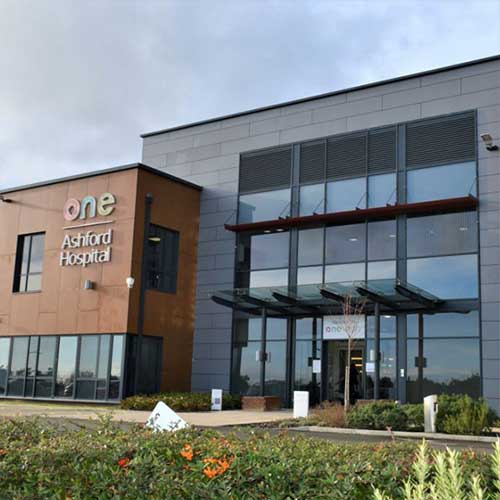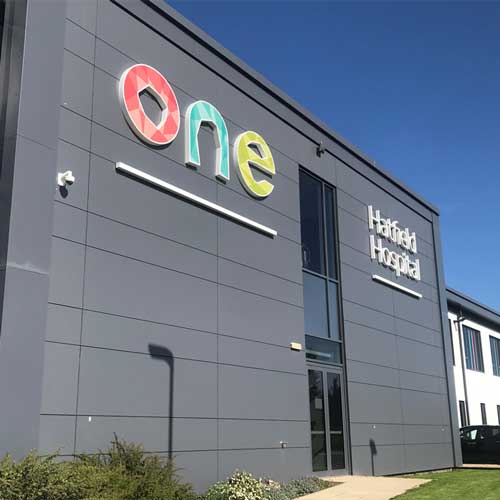The elbow is a synovial, hinge-type joint made up of three bones, the humerus, radius, and ulna. The humerus is the upper arm bone between the shoulder and the elbow. The radius is the forearm bone on the thumb side between the elbow and wrist. The ulna is the other forearm bone between the elbow and wrist, running next to the radius. The joint’s primary function is to position the wrist in order to optimize hand function; the elbow allows for the flexion and extension of the forearm relative to the upper arm, as well as rotation of the forearm and wrist.
What is a Fracture?
A fracture is a broken or cracked bone that usually results from injuries or overuse, resulting in a partial fracture or the bone completely breaking. Treatment depends on the type and severity of the fracture and may include pain relievers, PRICE (protection, rest, ice, compression, and elevation), exercises or procedures to move the fractured bone fragments back into their normal position, immobilisation with a cast or splint, and occasionally surgery.
Most fractures heal well and rarely result in major problems. How long they take to heal varies depending on the person. Things that could affect the healing process include age, the type and severity of the injury, and any other ailments present.
Fracture Symptoms
The main symptom of a broken or fractured bone is immediate pain. This can be severe and may prevent you from moving the injured area. Other symptoms of a fracture include:
- Swelling (this may take hours to develop and in some cases is very slight)
- Bruising or discolouration
- The area looking deformed, distorted or out of place
- Inability to use the injured part normally
- Loss of feeling (numbness or unusual sensations)
When muscles around the damaged area try to hold a broken bone in place, muscle spasms may occur, causing additional pain.
Diagnosing a Fracture
Your doctor will ask you a number of questions about your symptoms; where it hurts and if there has been a specific injury or event that has resulted in the pain, you are currently experiencing. Try to provide as much information as possible to assist with the diagnosis. Your doctor will carry out a physical examination of the elbow to determine its stability, strength, range of motion and pain level.
You may need an X-ray to confirm that you have a fracture, although this is not always required. Sometimes, you may need another type of scan after your X-ray such as an MRI scan, which can produce more detailed images of your bone.
Treatment of Elbow Fractures
When you are first seen by a doctor, the aim of treatment for fractures is first to move your bone back into its original position (reduction), if possible and then prevent it from moving (immobilisation) until it heals.
Reduction
If your bones or fragments of bones are displaced, your doctor will need to move them back into place first. You may have a general anaesthetic or you may be given painkillers and sometimes sedation.
Immobilisation
Your doctor will then use one of the following techniques to hold your bone in position while going through the healing process:
- A splint
- A cast
- A brace
- A sling
You may need to wear your cast for several weeks, or even months, until your fracture fully heals.
Surgery for Elbow Fracture
Treatment may be possible without surgery but, depending on the severity of the fracture you have, you might need an operation to move your bones back into position and keep them in place. They will be fixed by using metal plates, screws or pins.
A physiotherapist can give you advice on keeping mobile while you still have your fractured elbow in a cast or splint. They can also help you to ease any stiffness and build up strength and mobility in your bones and muscles after your cast or splint has been removed. Your physiotherapist will show you gentle stretches and exercises that can be completed at home.
Post-Operative Recovery
A bone around a joint will take approximately 6 weeks to heal although how long a fracture takes to heal varies from weeks to months depending on:
- Type of fracture
- The person’s age
- The presence of disorders that may delay healing
After the fracture has healed sufficiently, the cast can be removed. Most fractures heal without any further problems but can sometimes complications can occur. If you are experiencing any problems such as an escalation in pain, swelling or numbness, contact the hospital immediately.
Need Help?
If you think you have an elbow fracture, visit your doctor who can refer you to One Ashford Hospital. You can be seen by a Consultant Orthopaedic Shoulder and Elbow Surgeon at One Ashford Hospital, usually within 48 hours. One Ashford Hospital is well placed to see patients with knee injuries from Ashford, Maidstone, Canterbury, Folkestone, Dover and all surrounding villages. To book an appointment, call the hospital direct on 01233 364 022 or email here.




 One Ashford
One Ashford One Hatfield
One Hatfield